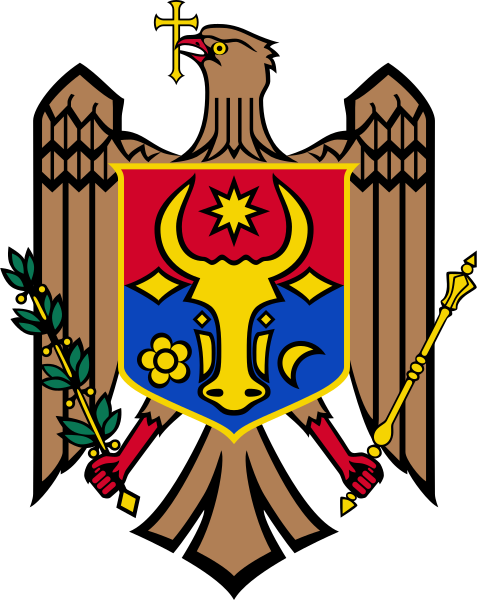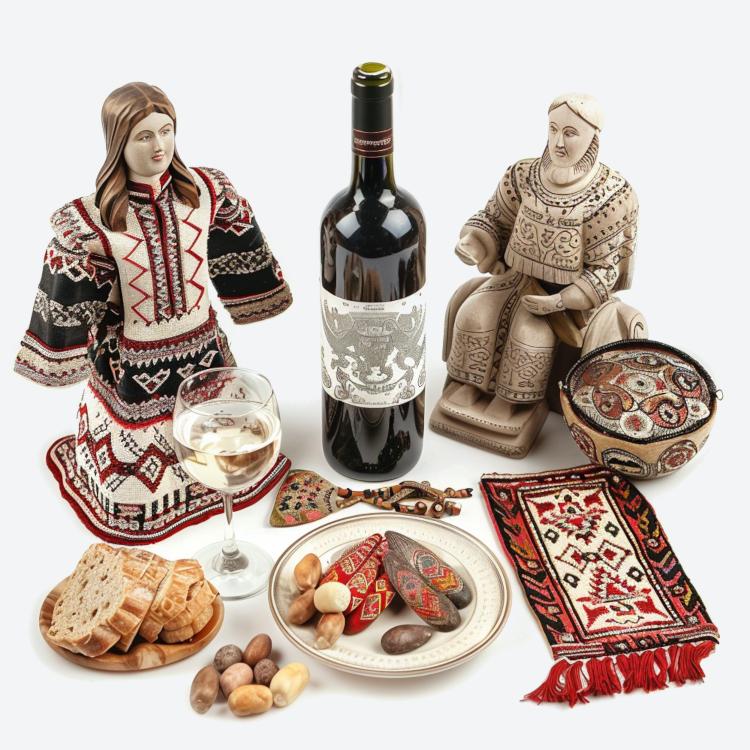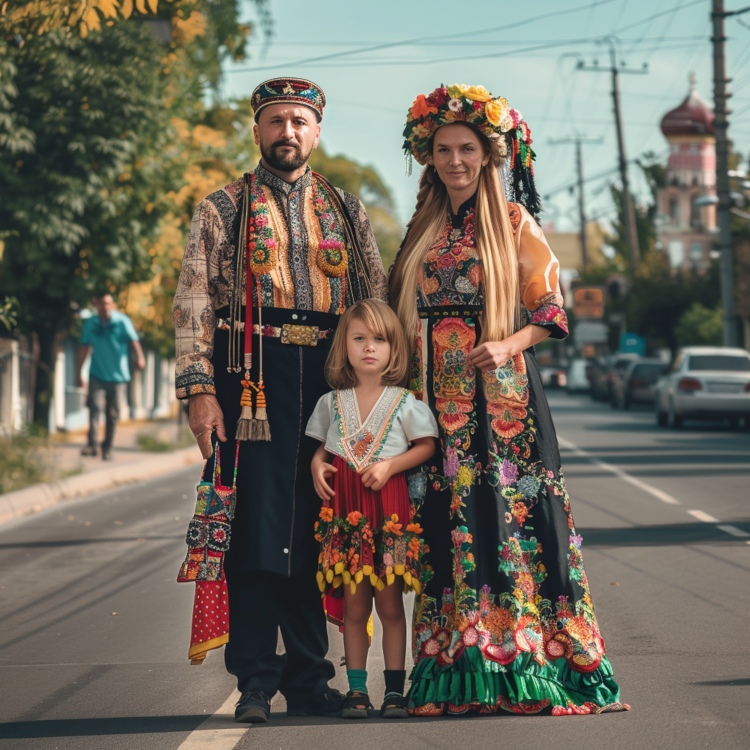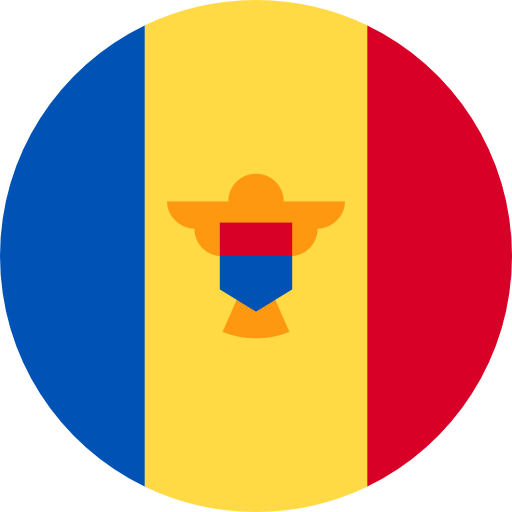About MD

Moldova is a landlocked country located in Eastern Europe, bordered by Romania to the west and Ukraine to the north, east, and south. Its capital and largest city is Chișinău. The country has a population of approximately 2.6 million people and covers an area of 33,846 square kilometers.
The official language of Moldova is Moldovan, which is essentially the same as Romanian. The currency is the Moldovan leu. Moldova is a parliamentary republic, with a president as the head of state and a prime minister as the head of government.
Moldova is known for its agricultural production, particularly wine, which is a significant export. The country has a diverse culture, influenced by its history of being ruled by various empires and countries. Moldova is also home to many historical sites and natural landmarks, including the Orheiul Vechi monastery complex and the Dniester River.
Moldova is a member of various international organizations, including the United Nations, the World Trade Organization, and the Organization for Security and Cooperation in Europe. The country has been working towards closer ties with the European Union, although it is not yet a member.

National Culture Objects
Moldovan Wine
Moldovan wine is renowned for its quality and history, with vineyards dating back thousands of years. It symbolizes the country's rich viticultural heritage and significant role in local culture and economy.
Stefan cel Mare Statue
The statue of Stefan cel Mare (Stephen the Great) in Chișinău is a prominent symbol of Moldovan history and pride. Stefan cel Mare was a 15th-century prince known for his defense of Moldova.
Mămăligă
Mămăligă is a traditional Moldovan dish made from cornmeal, similar to polenta. It represents the country's culinary traditions and is a staple food in Moldovan cuisine.
Moldovan Carpet (Covor)
Moldovan carpets, known for their intricate designs and vibrant colors, are a traditional craft. They symbolize Moldova's rich artistic heritage and craftsmanship.
Martisor
Martisor is a traditional Moldovan custom celebrated on March 1st, where people exchange red and white string adornments as a symbol of spring and renewal.
Moldovan Traditional Costume
The traditional Moldovan costume, featuring embroidered blouses and vests, represents the country's cultural heritage and is worn during festivals and celebrations.
Orheiul Vechi
Orheiul Vechi is an archaeological and historical complex in Moldova, known for its ancient monasteries and cave formations. It symbolizes the country's historical and religious significance.

The national anthem of Moldova is called "Limba noastră" which means "Our Language" in English. It was adopted as the national anthem of Moldova in 1994, shortly after the country gained independence from the Soviet Union.
The lyrics of "Limba noastră" celebrate the Moldovan language and its role in the country's culture and identity. The anthem was written by Alexei Mateevici in 1917, during a period of national awakening in Moldova.
The first verse of the anthem, in English translation, is:
Our language, Moldovan,
Is a true treasure,
Through which our people
Have become great in the world.
The anthem has a powerful and patriotic tone and is often played at official events and celebrations in Moldova.


